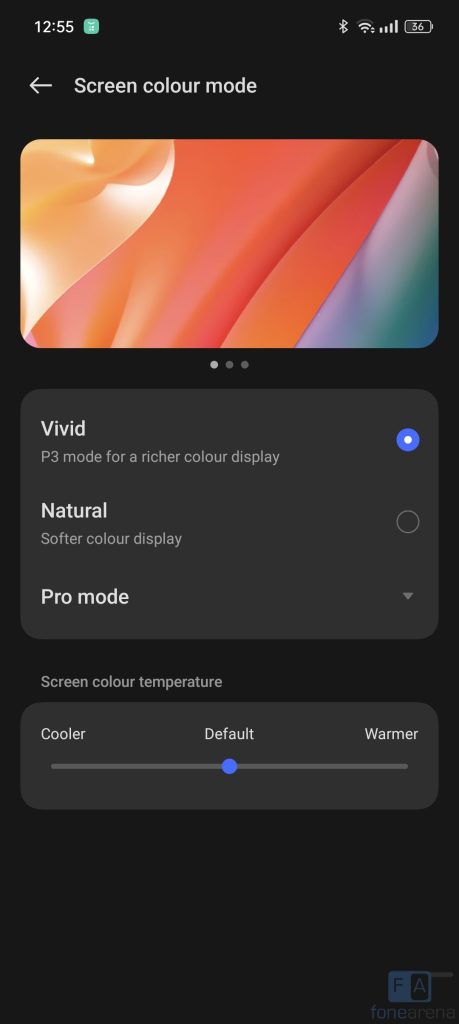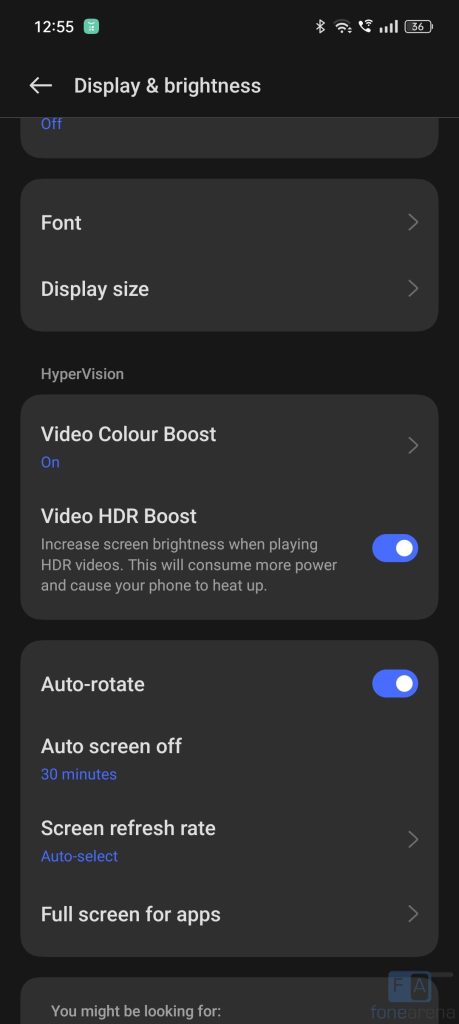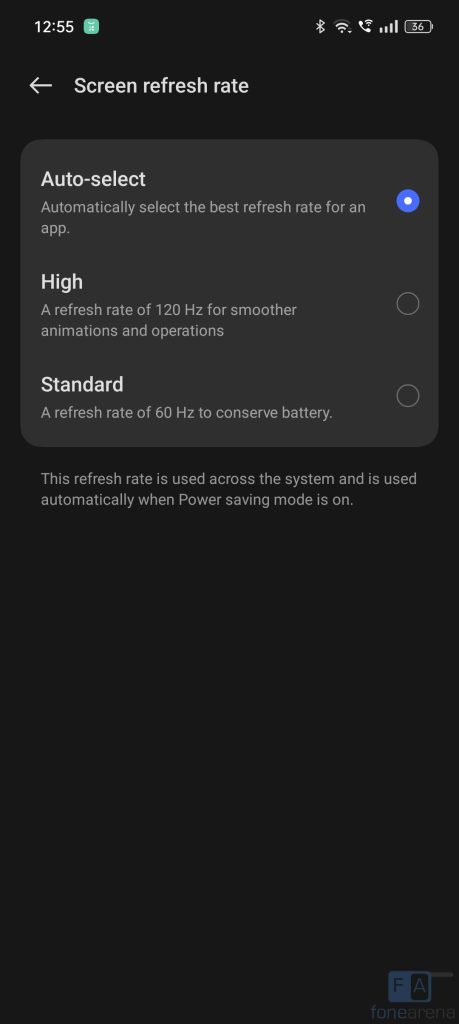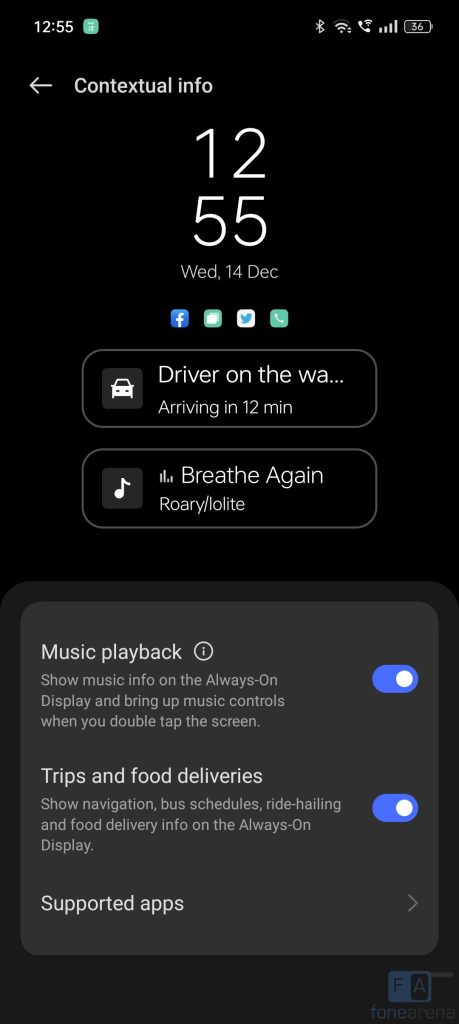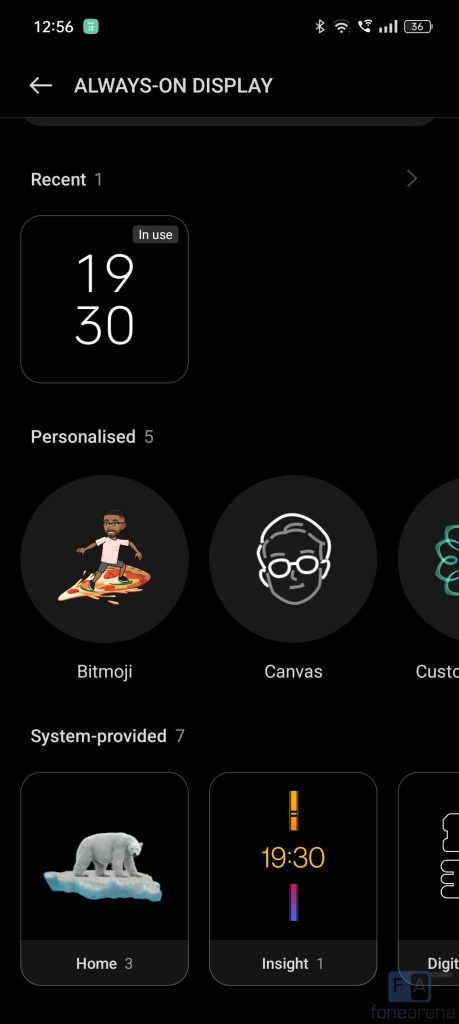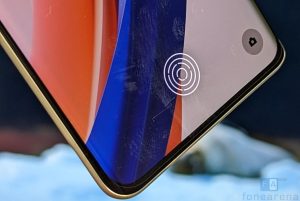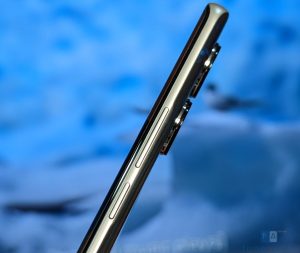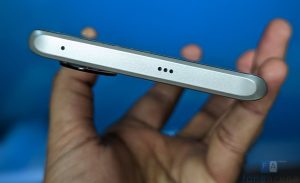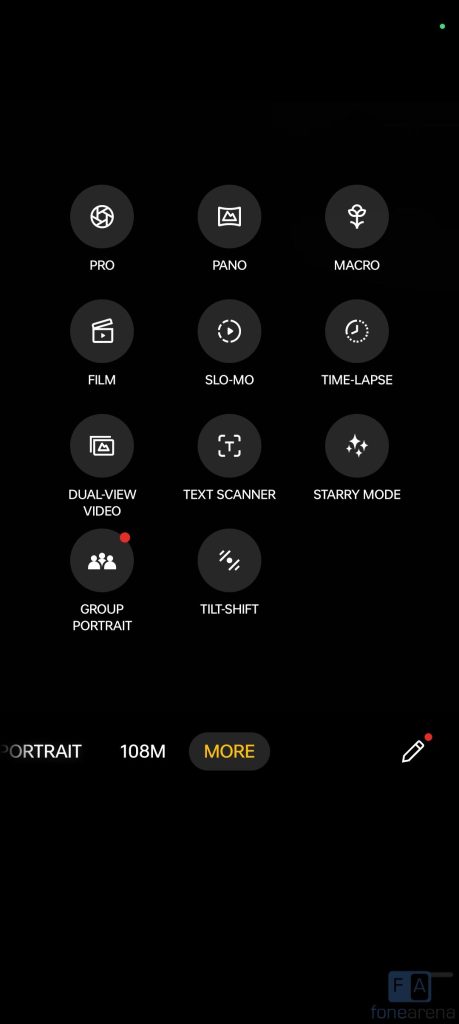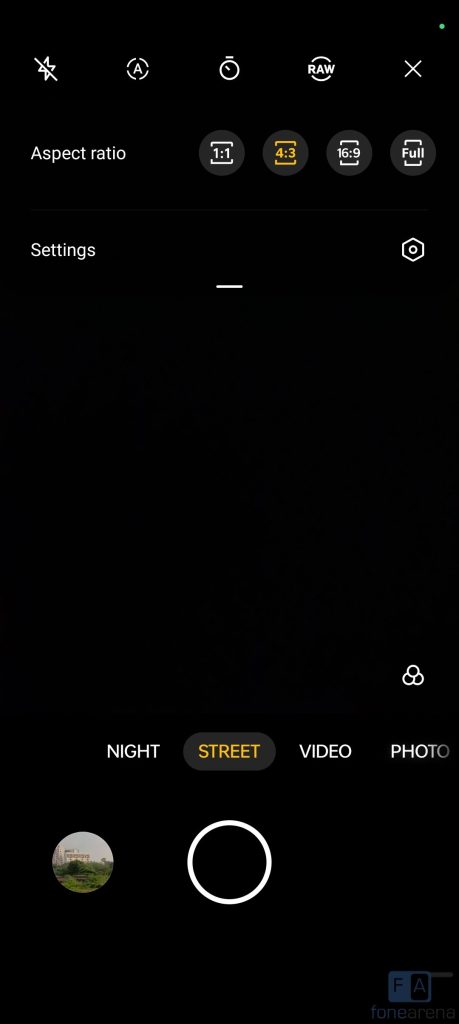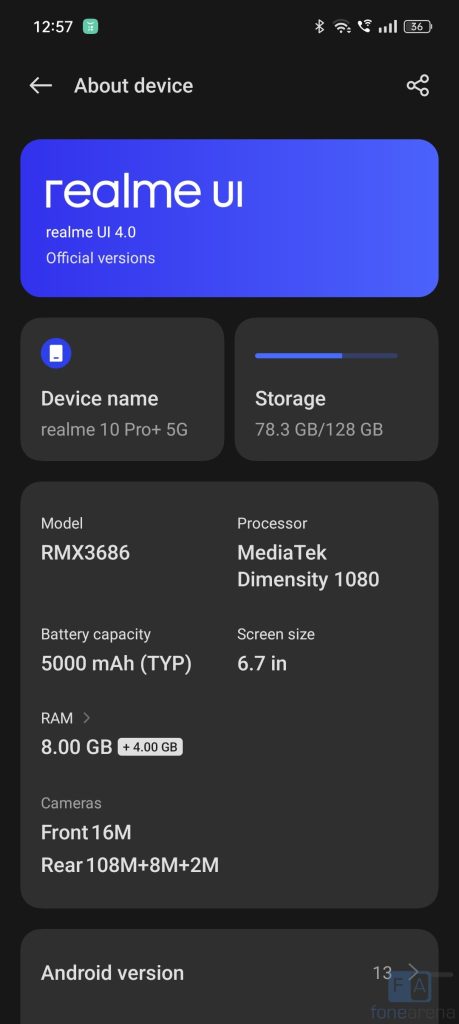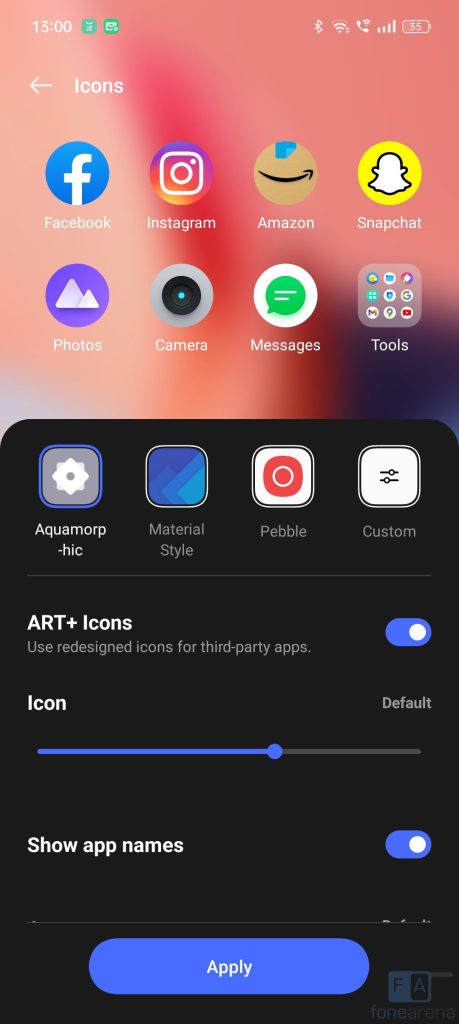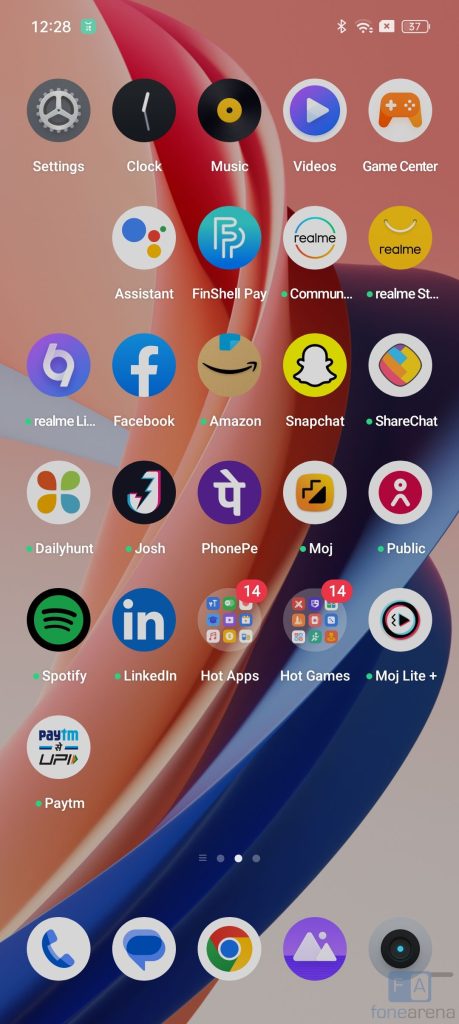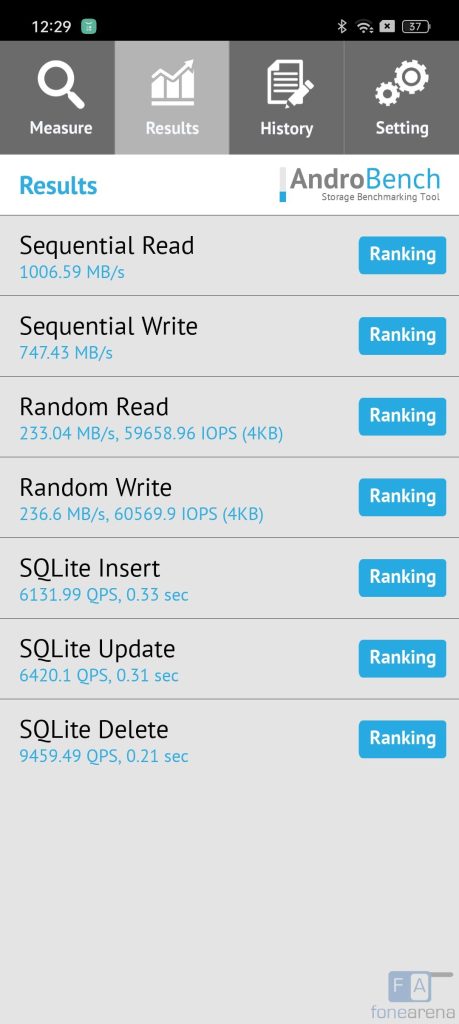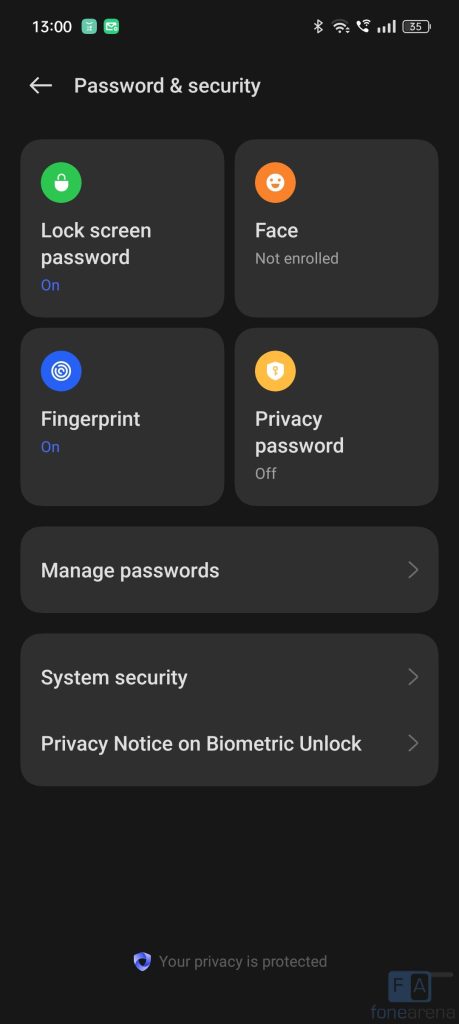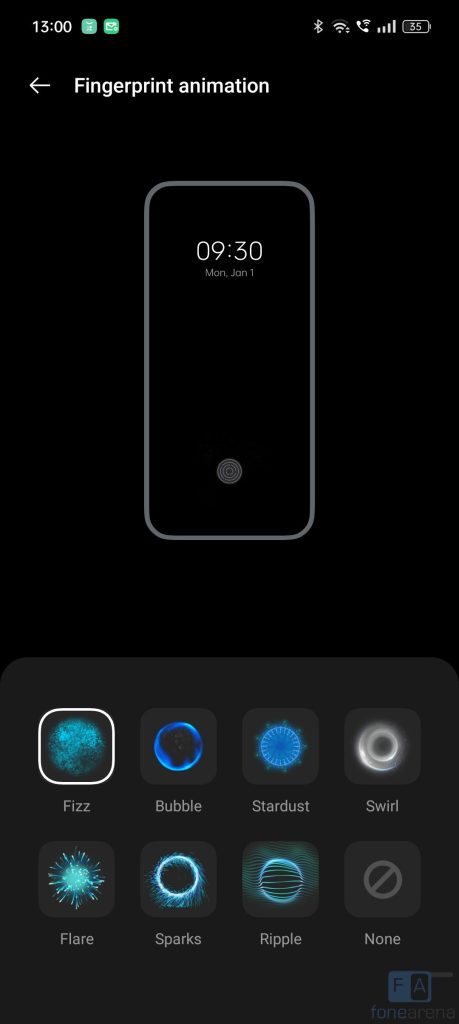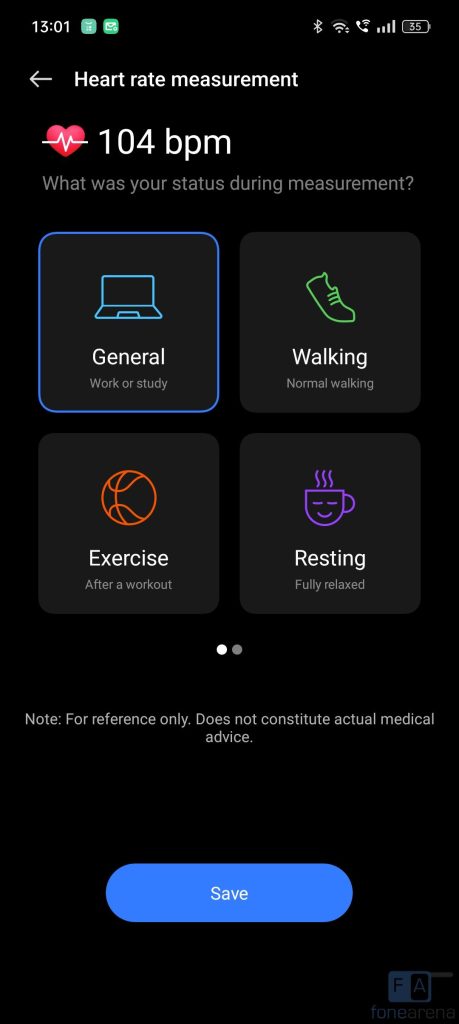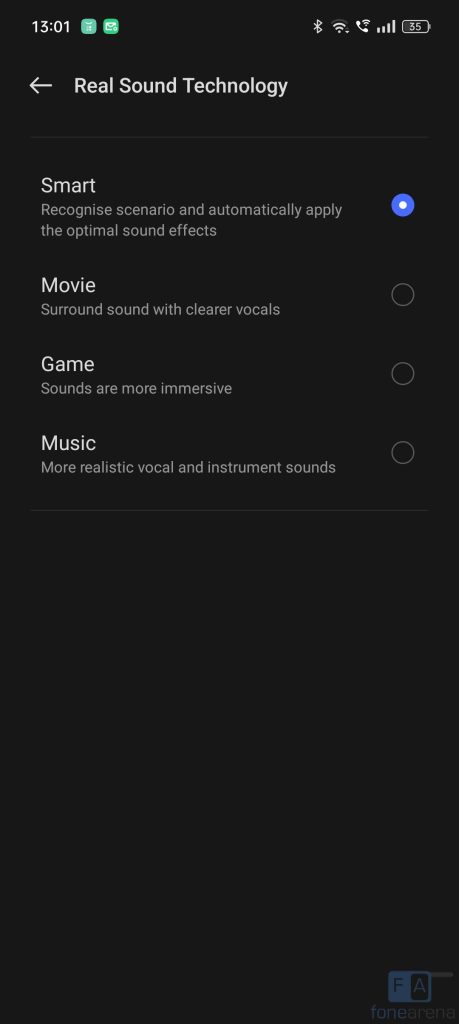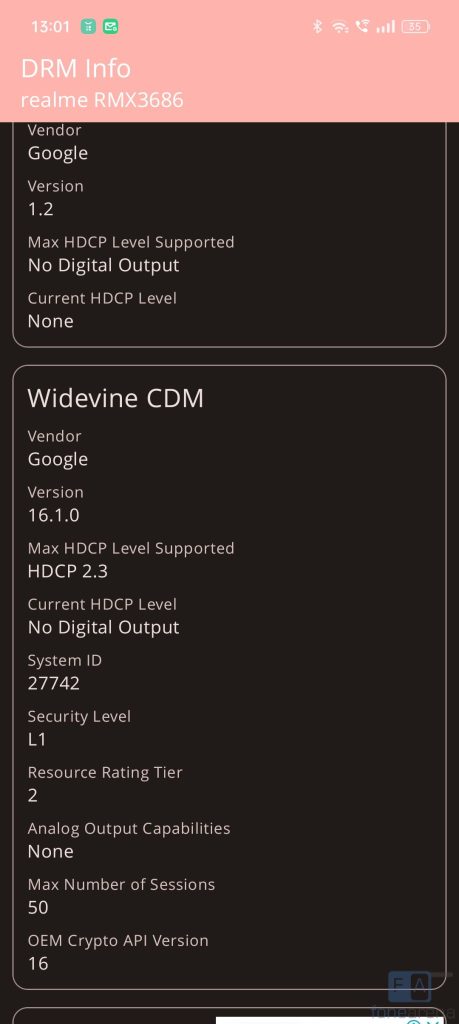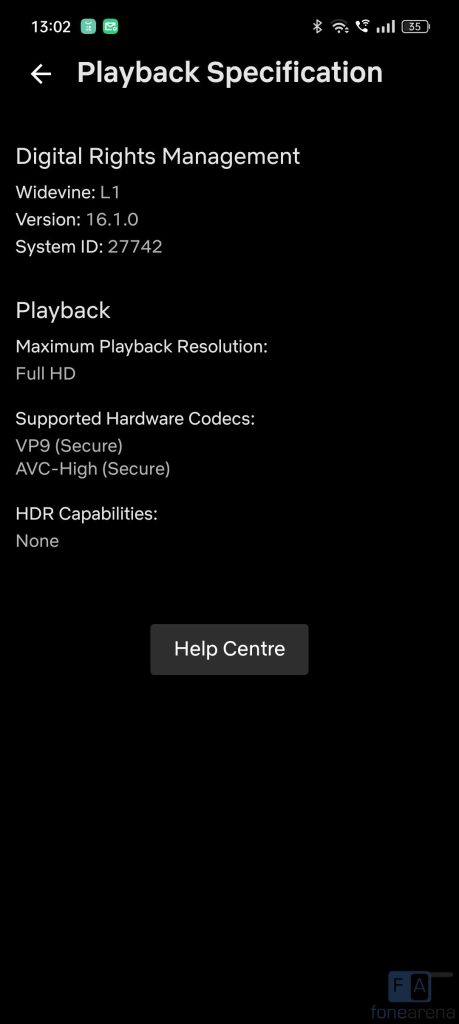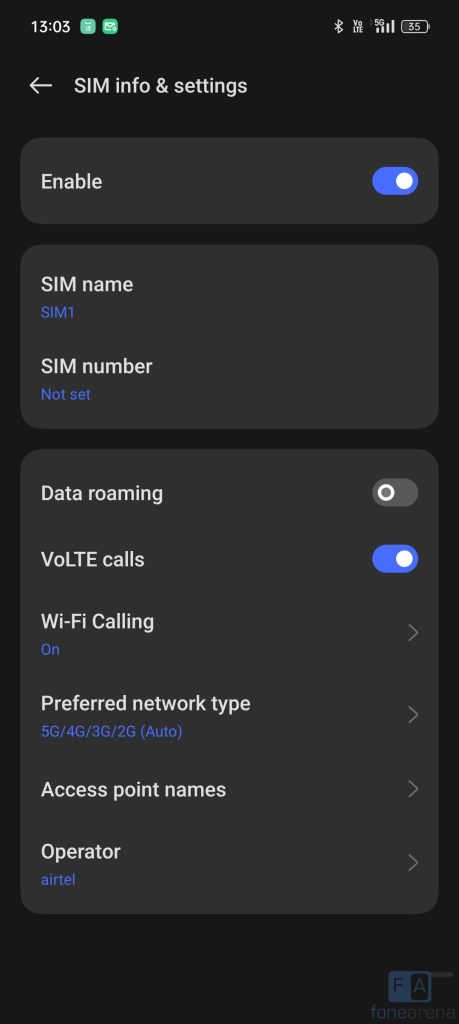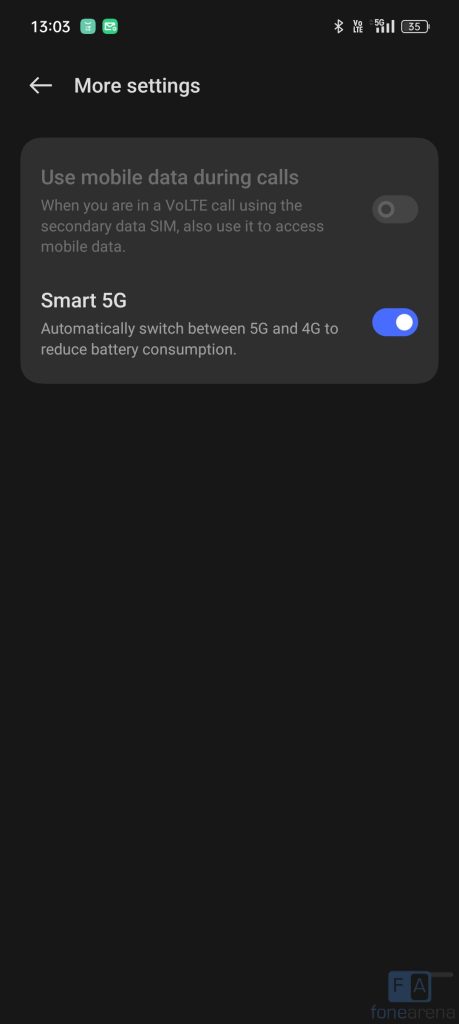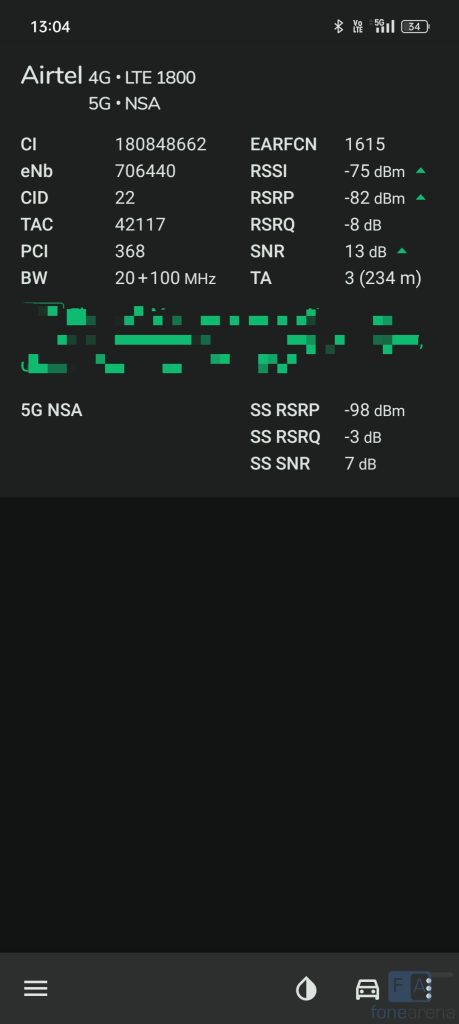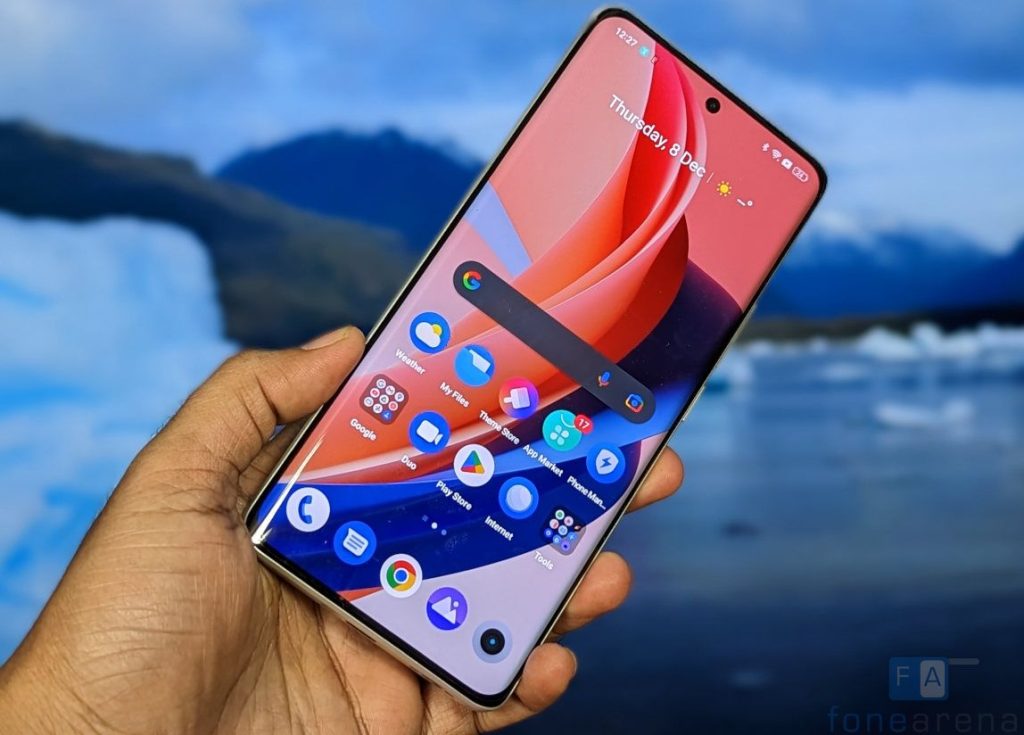
realme launched the realme 10 Pro+, the company’s top-end smartphone in the number series, in India last week. This has several important updates from the realme 9 Pro+ when it comes to display and battery, and the price has also not changed. Is this the best smartphone to buy in the Rs. 25,000 price range? Let us dive into the review to find out.
| Box Contents |
| Camera |
| Battery Life |
| Conclusion |
Box Contents
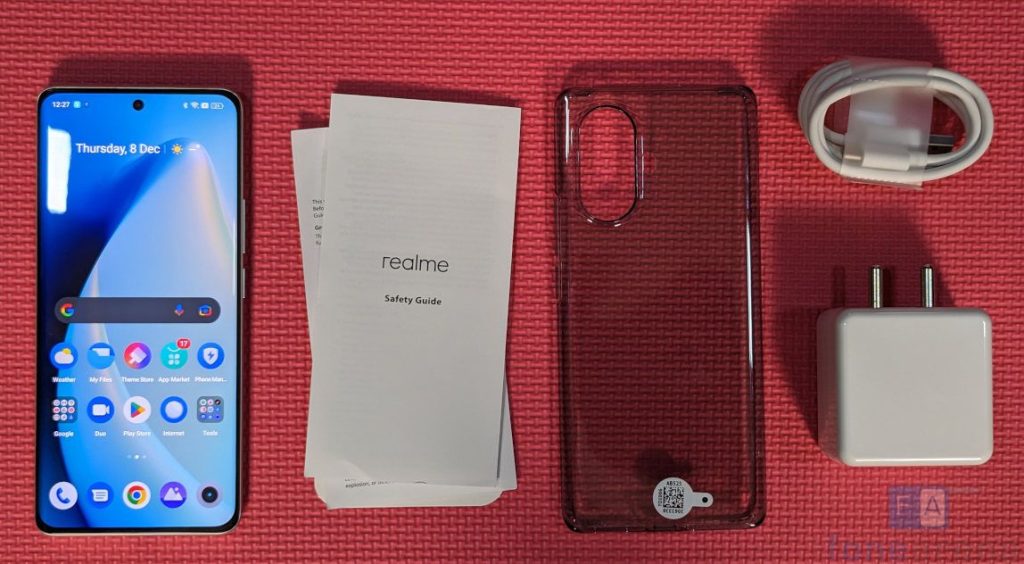
- realme 10 Pro+ 8GB + 128GB version in Hyperspace Gold color
- 2-pin 80W SuperVOOC fast charger (USB Type-A port)
- USB Type C Cable
- SIM Ejector tool
- Protective case
- User Guide and Warranty information
Display, Hardware and Design
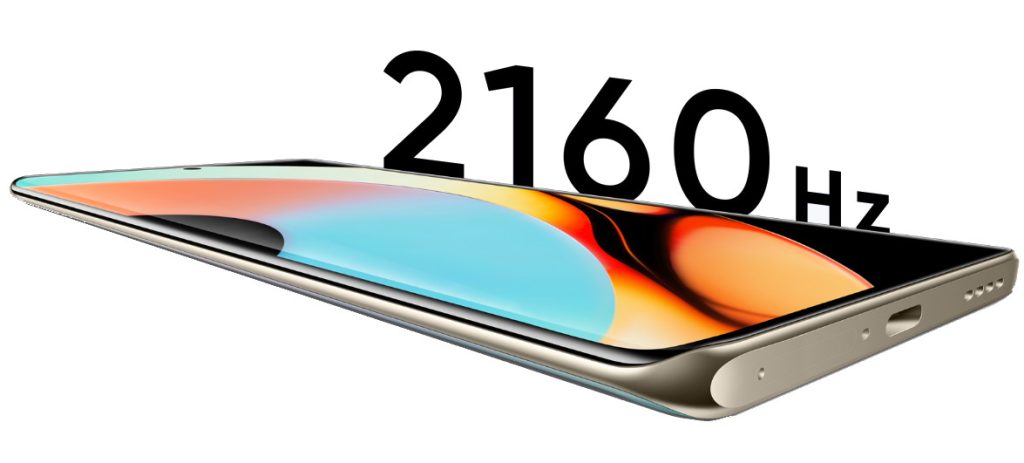
The main highlight of the phone is the display. This sports a 6.7-inch (1080 x 2412 pixels) Full HD+ curved AMOLED display with 120Hz refresh rate, 360Hz touch sampling rate and 394 PPI. The display is bright since it has up to 930 nits peak brightness. It offers good colour output since it has 100% DCI-P3 color gamut, and the sunlight legibility is good as well. You can select from vivid, Natural and Pro screen colour modes.
The phone has a 2160Hz high-frequency dimming technology. In dark environments (brightness below 90 nits) where DC dimming can’t work, the phone will automatically switch to 2160Hz PWM dimming mode to maintain accurate colors on display with a more comfortable eye experience, said the company.
It is the world’s first OLED display to receive TÜV Rheinland certification for flicker-free visuals, said the company. It also has hardware-level eye protection without yellowing effect.
The phone also has HDR 10 support, which works for YouTube, but it doesn’t work with Netflix. You can enable video HDR boost from display settings, which increases the colors when playing SDR videos to make them look like HDR. There is also video color boost option.
The phone doesn’t have a notification LED, but this has an always-on-display that shows contextual info and notifications all day or as per schedule. This time, the company has added music playback to the always-on-display with the Spotify integration.
If you double-tap the AOD, the music player becomes an interactive panel with play, pause, and forward buttons. It also recommends 4 playlists you may like and also real-time food delivery updates.
The phone has ultra narrow bezels. Thanks to COP Ultra packaging technology, the phone has 2.33 mm ultra-narrow chin. The side bezels are as thin as 1.41 mm. The phone has a customized 0.65 mm secondary tempered high-strength glass, said the company. It has X-axis linear vibration motor.
The phone has a tiny punch-hole on the left that houses a 16-megapixel camera. Above the display, there is an earpiece on the top edge that doubles up as a secondary speaker. It has an in-display fingerprint scanner which is quick to unlock the phone immediately when you place your finger.
Coming to the button placements and ports, the power button is present on the right side along with the volume rockers. The dual SIM slot, primary microphone, USB Type-C port and the loudspeaker grill are present on the bottom. The secondary microphone is on the top. The phone doesn’t have an expandable storage.
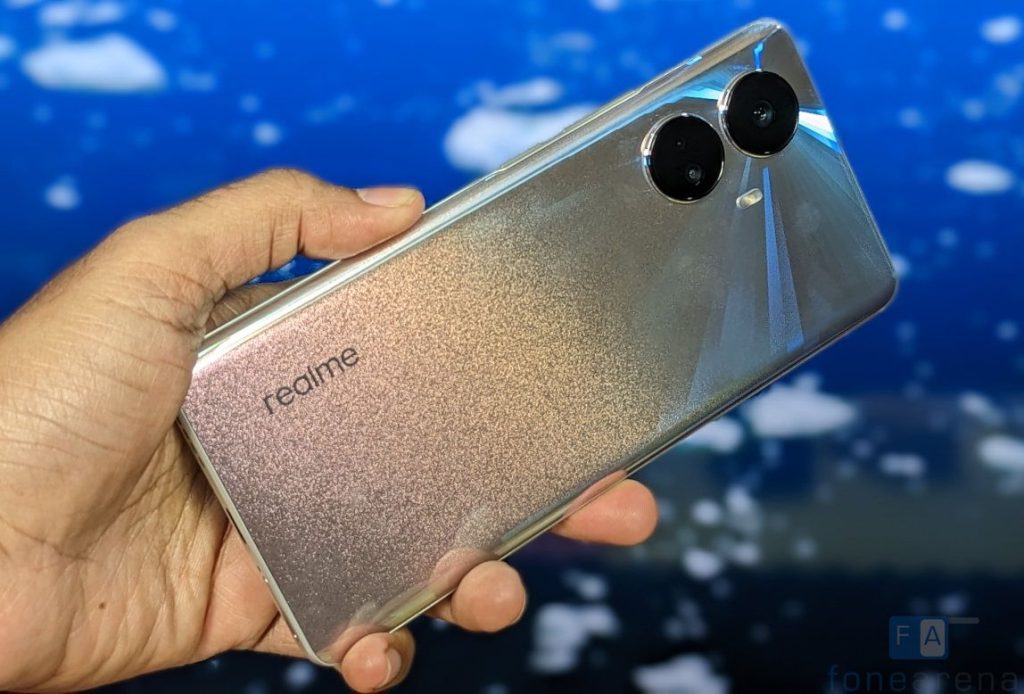
The phone has a polycarbonate frame and back which might feel cheap, but the matte finish models look good and doesn’t attract fingerprints. The phone is just 7.95mm thin and weighs 173 grams even though this has a large 5000mAh battery. Since the weight distribution is good, you will feel how light the phone is.

The design is inspired by the concept of hyperspace tunnels. The refracted light of the design appears as if light is being stretched to the limit at ultra-high speeds, and creates a dynamic three-dimensional effect. The classic shape of the twin-lens reflex camera is combined with modern digital images across time and space, bringing a new street photography trend in image expression, said the company. The phone doesn’t have IP ratings.
Camera
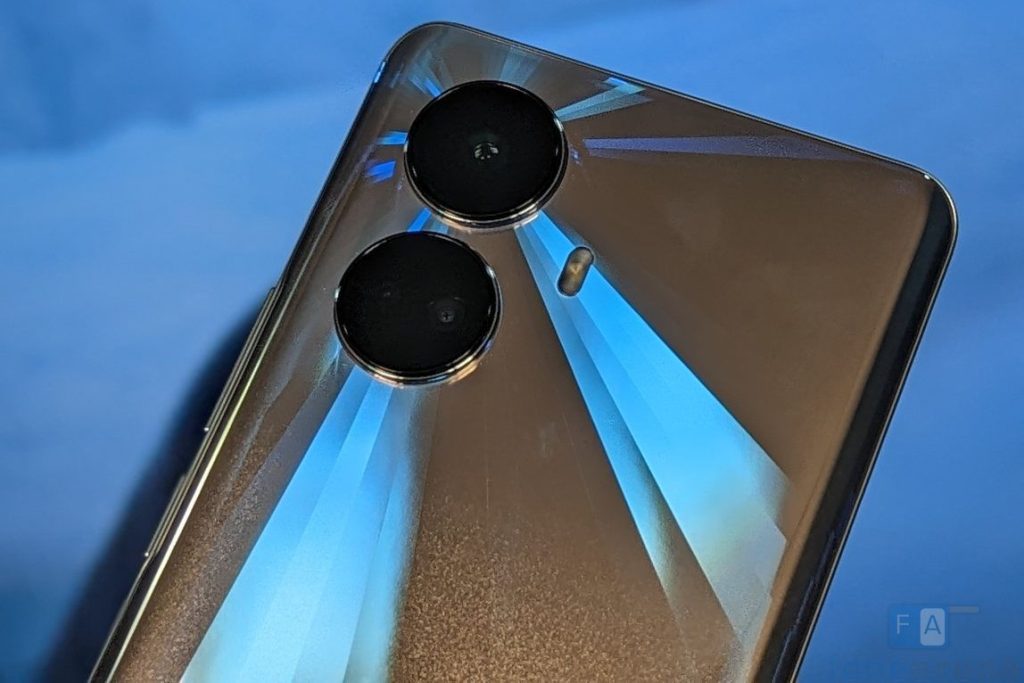
Camera setup
- 108MP camera with Samsung HM6 sensor, f/1.75 aperture
- 8MP 112° ultra-wide camera with Sony IMX355 sensor, f/2.2 aperture
- 2MP 4cm macro camera with Geco Micro GC02M1 sensor, f/2.4 aperture
- 16MP front-facing camera with Samsung S5K3P9 sensor, f/2.45 aperture
The camera UI in the realme UI 4.0 is also the same as the 3.0. It has QuickShot Acceleration Engine, One Take that uses AI algorithm in which multiple photos with different perspectives generated in one shot and new Group portrait. The is Pro mode, Panorma, Macro, Flim, Slo-mo, Time-Lapse, Dual-View video, text scanner, starry mode and tilt-shift.
There is Dynamic bokeh and Bokeh Flare portrait option for photos. You only get Bokeh Flare portrait option for video. The rear camera offers 12MP output after pixel binning, and the front camera images are 16MP in size.
Daylight shots came out well, thanks to the 108MP sensor, and the dynamic range is better with auto HDR. There is AI mode which recognizes different photo scenes and automatically adjusts camera settings to make boost the colours. 2X is good, but once you zoom after that the quality degrades since it is digital zoom. The portrait mode is decent and the 2MP macro camera is useless, so it is recommended to use 2X zoom with the normal camera.
Low light shots are good with a lot of details and less noise. The night mode is useful, but it takes a few seconds to process. There is also a pro mode in night mode for manual tuning.
The front camera is decent daylight, but it could have been better. The bokeh shots were decent, but the edge detection is not the best since it is just uses software.
Check out the camera samples
It can record videos in up to 4K 30 fps, slow motion 1080p at 480fps, 720p at up to 940 fps, which should converted, and the front camera can record 1080p 30fps videos. Portrait video mode is limited to 720p, but the Bokeh Flare portrait offers 1080p output. There is also AI mode and ultra-wide video shooting, but these are limited to 1080p 30fps.
It uses EIS for videos, but it is limited to 1080p. There is ultra-steady mode which is limited to 1080p 60fps. The ultra-steady max uses the ultra-wide camera, and the final video gets cropped.
Software, UI and Apps
This is the first realme phone to run Android 13 based realme UI 4.0 out of the box. It has Android security patch for November 2022. It should get 2 Android updates. relame UI 4.0 adds intuitive iconography, new card-style layout for the UI, 79 new face traits for Omoji, Smart AOD, Large Folders, dynamic homescreen widgets, Auto Pixelate, Private Safe, and the Quantum Animation Engine 4.0 improves the overall fluidity.
Apart from the usual set of realme apps and Google apps, it comes with Amazon Shopping, Snapchat, ShareChat, Dailyhunt, Josh, PhonePe, Moj, Public, Spotify, LinkedIN, Moj Lite+ and Paytm. These apps can be uninstalled, but come back once the phone is reset. There are also Hot Apps and Hot Games. The company said that it is taking steps to remove unsuitable app recommendations.
Out of 8GB LPDD4X RAM, you get 7.5GB of usable RAM, and about 4GB of RAM is free when default apps are running in the background. It also has DRE or dynamic RAM expansion feature, which uses the built-in storage as RAM. This has up to 8GB of additional RAM expansion. Out of 128GB, you get about 106GB of free storage. The phone uses UFS 2.2 storage, and we got sequential read speeds of about, 1006 MB/s.
Fingerprint sensor and Face unlock
It has an in-display fingerprint sensor that unlocks the phone quickly, but it is not as fast as a physical fingerprint sensor. You can add up to 5 fingerprints. You can also use the fingerprint for app local and payments in apps. Furthermore, you can change the fingerprint animation and also disable it.
In the realme Labs, there is a heart rate measurement option that lets you use the fingerprint sensor for heart rate tracking. You can also save it, and it shows up in the history. The phone also has face unlock feature.
Music and Multimedia
YouTube Music is the default Music Player. It doesn’t have Dolby Atmos, but has realme Sound Technology with customizable Smart, Movie, Game and Music modes. It doesn’t have FM Radio support. Audio through the stereo speakers is good without any distortion even in full volume. Audio through earphones is good as well.
This has Widevine L1, so that you can play HD content on Netflix and other streaming apps. It supports HDR content on YouTube, but this doesn’t work on Netflix.
Dual SIM and Connectivity
The realme 10 Pro+ has support for n40/n41/n78/n1/n3/n5/n8/n28A SA and n41/n77/n78 NSA Network Bands in India. It has 4G Wi-Fi and VoLTE, with support for Carrier Aggregation on 4G. Other connectivity options include Wi-Fi 6 802.11 ax (2.4GHz + 5GHz), VoWiFi / Wi-Fi calling support, Bluetooth 5.2, GPS / GLONASS / Beidou. It has OTG support, doesn’t have NFC support. Moving on, the call quality is good, and we did not face any call drops and the earpiece volume was loud.
The realme 10 Pro+’s body SAR is 0.544W/Kg and head SAR is at 1.168/Kg, which is well under the limit of 1.6 W/kg (over 1 g) in India.
Performance and Benchmarks

This is one of the first phones to be powered by the MediaTek Dimensity 1080 6nm SoC, which is just an overclocked Dimensity 920 used in the 9 Pro+. It has 2 x A78 CPUs clocked at up to 2.6GHz, 6x A55 CPUs clocked at up to 2GHz. It has Mali-G68 MC4 and up to 8GB LPDDR4X RAM.
The company didn’t mention if it has any cooling. The predecessor had Vapor Chamber Cooling System. It gets a bit warm on intensive gaming and 4G data use, but it doesn’t get too hot to handle. We did face frame drops in the graphic-intensive games like Genshin Impact, in which it reached maximum 46º in our testing indoors in Wi-Fi, but this might vary outdoors in 4G or 5G. We didn’t have any issues with BGMI or COD. That said, check out some synthetic benchmark scores below.
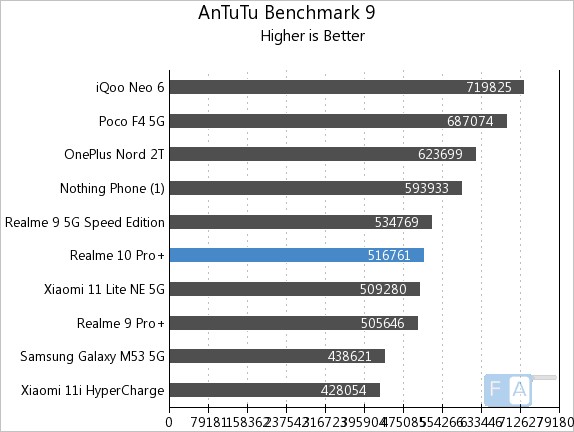
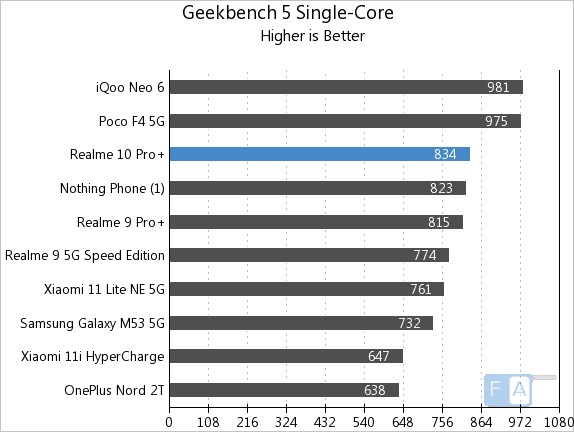
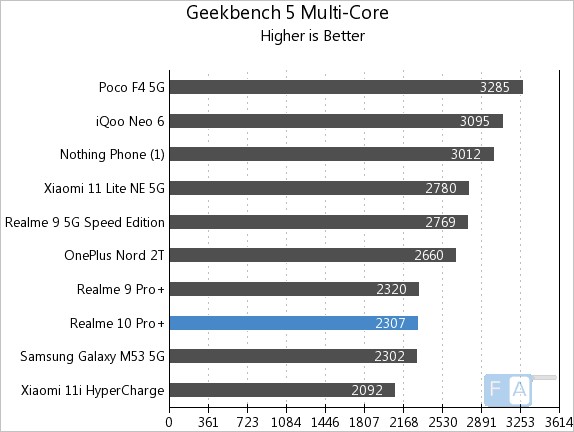
Battery life
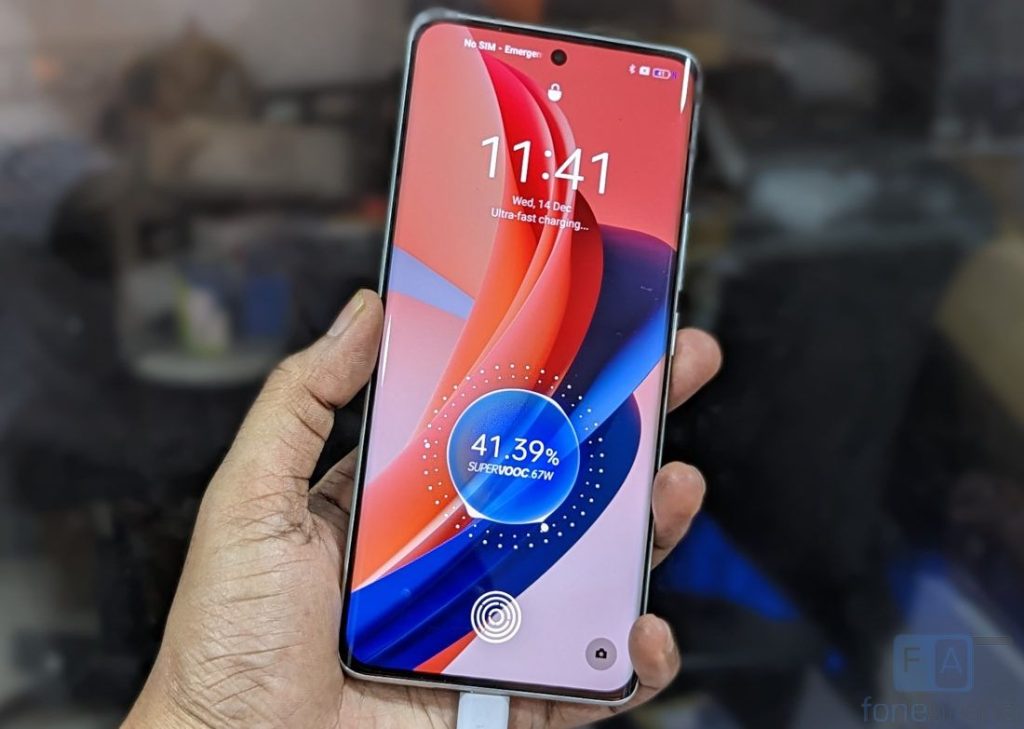
Coming to the battery life, the phone packs a 5000mAh (typical) built-in battery, bigger than the 4500mAh battery in the predecessor. It lasts for a whole day with Wi-Fi, but with 4G or 5G and dual SIMs. I got over 6 hours of screen on time with over a day of use on Wi-Fi and in 120Hz. Since the phone has support for 67W SuperVOOC Charge, it can charge up to 50% in 17 minutes and up to 100% in about 50 minutes with the bundled 80W charger.
Conclusion
At a starting price of Rs. 24,999, the realme 10 Pro+ is a good upgrade to the 9 Pro+ since it has a curved screen that looks brilliant, offers a smooth performance and a lag-free experience, and comes with Android 13 out of the box. Wish the company had retained OIS for the camera, reduced bloatware that gets installed automatically, and used a better cooling system for smooth gaming experience.
Pricing and availability
The realme 10 Pro+ comes is priced at Rs. 24,999 for 6GB + 128GB, Rs. 25,999 for 8GB + 128GB and Rs. 27,999 for the 8GB + 256GB model. It is available from realme.com, Flipkart and offline stores starting from today, December 14th. ICICI Bank Credit Card usres get Rs. 1000 discount for the 6GB + 128GB model.
Alternatives
The POCO F4 is now down to the same price, and it offers a better Snapdragon 870 SoC, Dolby Vision for the screen and OIS for the camera. The upcoming Redmi Note 12 Pro+ should be a good alternative when it launches next month.
Pros
- 120Hz Curved AMOLED display is brilliant
- Smooth performance
- Good camera
- Sleek design, light-weight body
- Android 13 out of the box
Cons
- No OIS
- Heats up quickly on intensive gaming
- Bloatware

